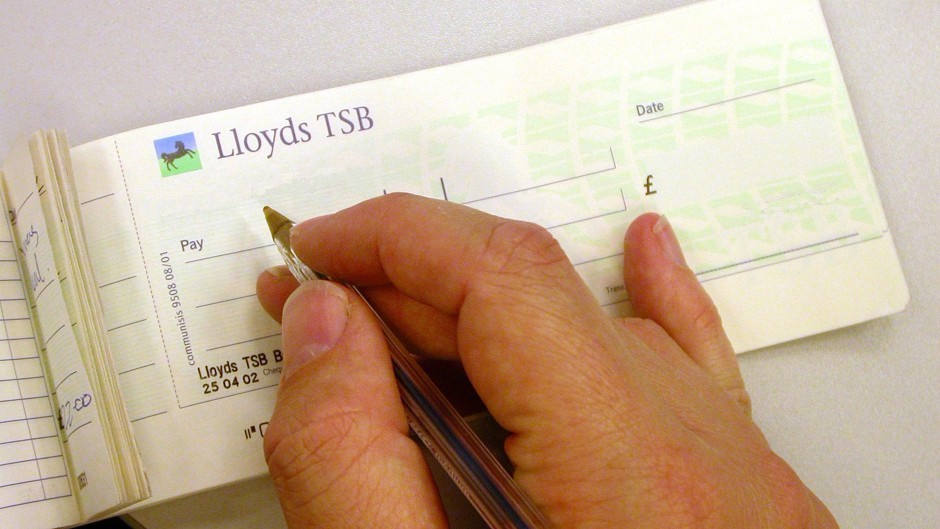The average cost of renting agricultural land in 2015 increased by 3%, according to statistics from the Scottish Government.
Figures in a report – Tenanted Agricultural Land in Scotland 2015 – published yesterday reveal the average rent was £15.78 per acre, compared with £15.37 per acre the year before.
Scotland’s chief statistician said rent increases were seen in both the poorer quality Less Favoured Area (LFA) land and better quality land.
The average rent for LFA land was up 3% to £10.52 per acre, while the average rent for better quality land was up 5% to £52.61 an acre.
“Since most rents are reviewed only every three years, this implies that, where there have been increases, they have been, on average, well above 3%. Rent increases have been above inflation since 2008.”
The report estimated that around 23% of all agricultural land – 3.26million acres – in Scotland was rented on a full tenancy or croft in 2015.
There was no data on the area of land let out on a seasonal basis, however the report said the amount let in 2014 represented around 13% of Scotland’s agricultural land mass.
The number of holdings with rented land was down slightly to 16,691, from 16,760 previously.
Within this, the number of 1991 Act tenancies was down slightly to 4,904, from 4,993 previously. The number of short-limited duration tenancies (SLDT) was up 13.3% to 945, from 834 previously, while the number of limited-duration tenancies (LDT) was up 5.5% to 557, from 528 previously.
The report said there was no clear link between profitability and whether a farm is entirely owned or entirely rented.
It found rents to be the lowest in Shetland and the Western Isles, with half of rents reported at less than £1.21 an acre.
Rents were highest in Fife and the Lothians, with three-quarters of tenants paying more than £30.35 an acre.
Both NFU Scotland (NFUS) and the Scottish Tenant Farmers’ Association (STFA) said they were shocked to see any increase in rents in the past year.
NFUS legal and technical policy manager Gemma Thomson said: “Given the huge pressure on farm businesses at this time, it is difficult to envisage any circumstances that would support an increase in rents.”
STFA chairman Christopher Nicholson agreed and said rent increases were against a backdrop of a 26% fall in farm business income figures to the lowest level since 2009.
“While half of Scotland’s farmers are now working for less than the minimum wage, over the same period farm rents paid to landlords continue to increase at above the rate of inflation,” said Mr Nicholson.
“This is yet again clear evidence that the current flawed open market rent test is failing the sector, and measures in the Land Reform Bill to allow fair rents linked to farm profitability are long overdue.”
